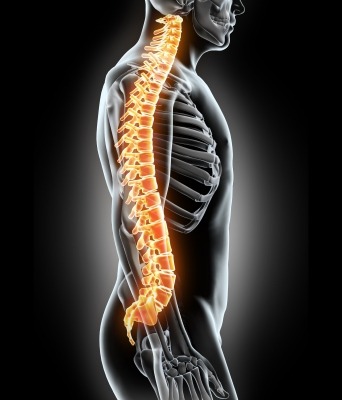
Kuros Biosciences said that the TLIF cage was developed for use with KUR-113, the company’s Fibrin-human parathyroid hormone (PTH) product candidate for spinal fusion.
TLIF cage, which is inserted via a posterior approach, can be used in one level or two contiguous levels of the lumbar spine (L1 to S1) in combination with autograft and/or allograft, under the 510(k) clearance.
It has been designed for use with autograft and/or allograft comprised of cancellous and/or corticocancellous bone graft to facilitate fusion. It is to be used with supplemental posterior spinal fixation systems for use in the lumbar spine that are cleared by the FDA.
KUR-113 has a natural fibrin-based healing matrix with an immobilized targeted bone growth factor (truncated human parathyroid hormone (PTH)).
It has been designed for direct application into and around an intervertebral body fusion device as a gel, where it polymerizes in situ. KUR-113 will be combined with the Kuros TLIF Cage in the upcoming clinical trial for interbody spinal fusion.
Kuros Biosciences CEO Joost de Bruijn said: “This regulatory clearance is an important corporate milestone that allows progression towards initiation of a spinal fusion study with our lead KUR-113 product candidate in the U.S. We look forward to the next step in the development of KUR-113, a submission for approval to initiate a U.S. clinical study.”
Last month, the company signed an agreement with SeaSpine, a medical technology company developing surgical solutions for treating spinal disorders.
Under the agreement, Kuros will supply bone graft in various forms and SeaSpine will market the products under the brand name OsteoCurrent in the US and other select markets in Europe, South America and the Middle East after the necessary regulatory approvals are received.
Initial sales in the US are expected to begin in the first half of this year. The two companies did not disclose the terms of the agreement.






